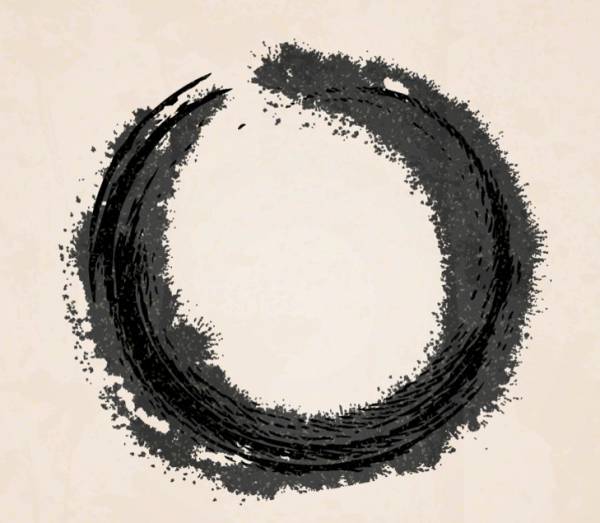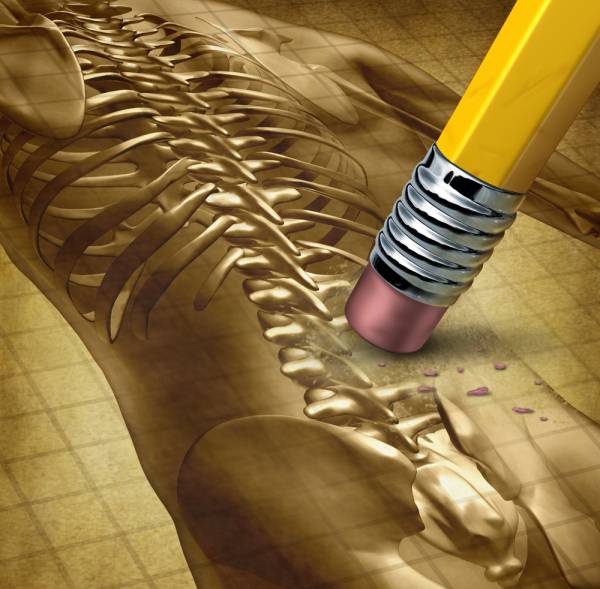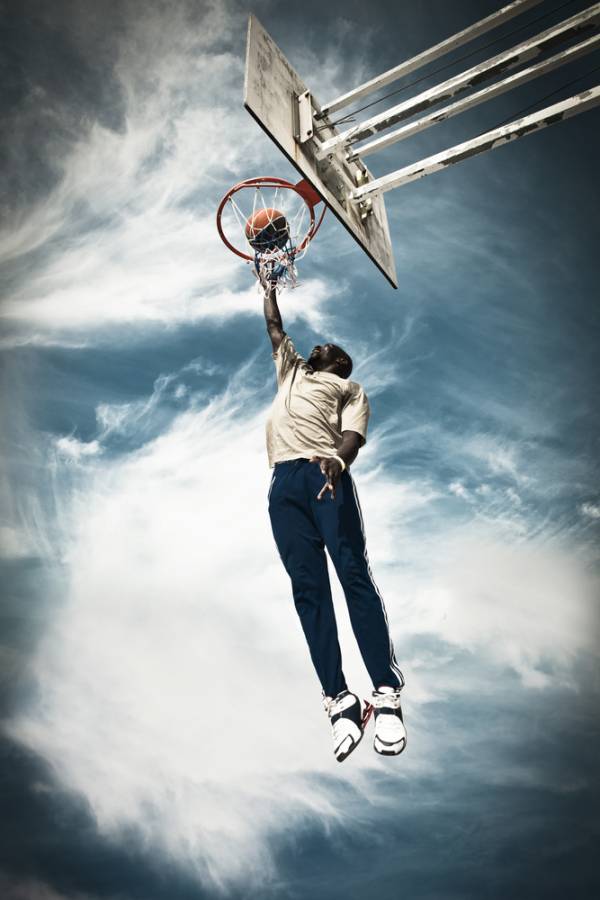I recently checked into rehab. Luckily, the rehab center where I go is an outpatient facility and thankfully it is also a center for athletes of all sorts who are doing therapy on their bodies, and not a rehab center for something more serious.
While I may try and sound clever and mirthful with the use of the word rehab, in all seriousness, the word is appropriate. I am in recovery, or as John Mayer would say, “in repair.” I feel like years of overtraining, neglect, and the Band-Aid approach to injury has caught up with me. Now recovery is a part of who I am as an athlete versus something I do when my body gets jacked up. It took me twenty years to get the message, but better late than never.
After my latest physical set back, I decided to go to rehab to treat my body with the respect and balance it deserves after years of pushing too hard. I can’t tell you how many times I’ve had to re-learn the lesson that too much of a good thing (exercise, sport, training) is not necessarily a good thing, but it’s more than I care to count. Now that I am on the plus side of forty, I am finally willing to listen to my body, my coaches, and my real authentic inner-dialogue. Instead of saying the word push, my inner thoughts now say, “Take care of yourself.” The bumps, bruises, and aches are more pronounced at forty, but I am now a better listener and approach things with a greater sense of humility at 42 than at 22. I suppose you call that wisdom.
The idea is to gain wisdom with age and experience. Setbacks aren’t really setbacks if wisdom follows. The real litmus test is whether or not the problem rears its ugly head again. In life, if injury or the same mistake reoccurs, you didn’t get the message. I’m not going to lie, injury sucks. But I will also say that metaphorically injuries and setbacks are also are the greatest teachers in life. If we pay attention, we learn and grow.
I went in to rehab to purely treat my aching body and find a way back to feeling optimal, as is always the case. Somehow, though, it occurred to me that it needed to be different this time. As I walked into the new athlete recovery center, I was struck by the three words painted on the wall. On the wall were the three words: Perform, Recover, Rebuild. These words have now replaced my former motto: Go-go-go.
 In the past, I have always simply treated an injury and then gotten right back out there. They call this the Band-Aid approach. We love this approach in our culture. Doing is what our culture thrives on. Rebuild and recover not as much. But rebuilding and recovery need not be merely about injury and getting back out there, as these things are simply part of the circle of life. Preparation and rest are part of performing, not just something you do when your body, mind, or spirit feels trashed. Recovery needs to be a permanent part of our game.
In the past, I have always simply treated an injury and then gotten right back out there. They call this the Band-Aid approach. We love this approach in our culture. Doing is what our culture thrives on. Rebuild and recover not as much. But rebuilding and recovery need not be merely about injury and getting back out there, as these things are simply part of the circle of life. Preparation and rest are part of performing, not just something you do when your body, mind, or spirit feels trashed. Recovery needs to be a permanent part of our game.
With that mindset, I became a member of this rehab facility and go there a few times a week to restore my body so that I can circle back to performing. Treatment there is sort of like walking into a gym. You sign in, change, warm up, and then pull out your “workout” card. My card has me do the following:
- I start with some electro-magnetic therapy (magnetic resonance stimulation).
- Then I am off to circuits between the hot and cold tub. The cold tub sucks as it’s a chilly fifty degrees, but it’s magic.
- After changing out of my wet shorts, I do a little cold laser therapy on my cranky left knee and jacked up piriformis.
- Next up are Trigger Point therapy and stim (EMS – electrical muscle stimulation). By stimulating and contracting a muscle, blood supply helps that muscle heal and regenerate.
- After that, it’s off to the Swisswing which I also sometimes use with a Trigger Point ball. The Swisswing helps massage and smooth out muscle cells through vibration.
- Finally, I mix in some active stretching and air compression, via the NormaTec recovery system. The pulsing compression helps to mimic the body’s natural blood flow, helping to speed up recovery.
- After completing my prescribed rehab workout, I reward my hard work with a sauna and hot shower.
The facility is nice, new, and quiet. Many of the local professional athletes come in to use it, as do some of the local high school and collegiate teams. There are pro triathletes, CrossFitters, and the Colorado weekend warriors as well. Regardless, everyone is there for one common purpose – to recover, restore, and then to perform again. When I am at rehab, I am quiet, present, and focused on my breath. More than anything, I am humble. This humility took me a while to find.
Up until recently, whether as an athlete or as a coach, I have been solely dedicated to the word perform. This seems to be how many of us operate. We fall in love with performing, and why not? That first word is what life is about. “All the world is a stage,” wrote Shakespeare, and our job is to find our bliss and get on that stage. Life ain’t a rehearsal and performing for many is as strong a drug as any. That is until, that drug is taken away from us.
The first time this happened to me, physically speaking, it was from a softball and lifting injury and my rotator cuff was the victim. I was 28. Next up was a ruptured eardrum (twice) from boxing. My lower back (and subsequent knee pain), though, is my real nemisis and it visits me about every six months. I go and go, and then I wind up on the sidelines. Then I treat it, “fix” it, and get right back out there. It works, but only temporarily. Might there be another way?
 This time around, my lower back problem evolved into a pronounced piriformis syndrome, which has jacked up my knee, left my hip in pain, and brought mobility to a minimum. No running, no boxing, no jumping. Time again for rehab. But this time instead of thinking of rehab as a way to get me back out there, I am wondering if I actually did rehab on a continual basis, what my performance life might look like? It seems to work for professional athletes, so why not for a boxing coach, weekend warrior, and fitness professional? I’m willing to try.
This time around, my lower back problem evolved into a pronounced piriformis syndrome, which has jacked up my knee, left my hip in pain, and brought mobility to a minimum. No running, no boxing, no jumping. Time again for rehab. But this time instead of thinking of rehab as a way to get me back out there, I am wondering if I actually did rehab on a continual basis, what my performance life might look like? It seems to work for professional athletes, so why not for a boxing coach, weekend warrior, and fitness professional? I’m willing to try.
Of course, part of the variable with injury and breakdown is certainly age. Father time has a way of creeping up on us and for many that magic number seems to be forty (I can attest). Ultimately though, age isn’t the real culprit. How we treat our bodies is. There are two ends of the spectrum and you most likely fall on one end. You mistreat your body by pushing it too hard or you mistreat your body by moving it too little. Awareness of how much or how little you move will help determine your proper balance and mixture of perform, recover, and rebuild. Of course, the sweet spot is a balanced approach of giving equal attention to all three.
“Do you need rehab?” is a question we should all ask ourselves from time to time. In addition to obvious physical ailments like ongoing knee pain, here is a good checklist for knowing if rehab is prescribed for you. This is according to a study in the Journal of Sports Science and Medicine. Consider it’s time for recovery if you experience:
- Muscle soreness and weakness
- Poor exercise performance
- Decrease in appetite
- Increased infection
- Change in quality and quantity of sleep
- Gastrointestinal abnormalities
I would add reoccurrence to the mix. As noted earlier, in life if a problem reoccurs, we are getting a message that we need to change. The same thing happens with our bodies. When there is an imbalance, our body will give us the message over and over until that balance is achieved. And nothing quite achieves that balance like the cycle of perform, recover, and rebuild. Science seems to agree.
 In a recent article, the New York Times addressed the notion that infinite growth and the “bigger, faster, stronger” mantra that many adhere to is a myth. Instead, this opinion piece suggested that rest and recovery are indeed as important as the reps we put in. In one of the studies referenced, a Stanford researcher noted that male basketball players who simply got more sleep (ten hours a night) saw a dramatic performance improvement.
In a recent article, the New York Times addressed the notion that infinite growth and the “bigger, faster, stronger” mantra that many adhere to is a myth. Instead, this opinion piece suggested that rest and recovery are indeed as important as the reps we put in. In one of the studies referenced, a Stanford researcher noted that male basketball players who simply got more sleep (ten hours a night) saw a dramatic performance improvement.
We spend a lot of time in sports and fitness thinking about results. In the end though, real results are simply a circle. There is no permanent weight loss, muscle gain, or victory stand. There is just a circle.
In the cycle of life, we all are going the same direction – getting older, that is. In the end, the only real result that matters is the self-awareness and wisdom we gain by paying attention. That is permanent growth. Today, start participating in the cycle of perform, recover, and rebuild – your body and mind will thank you.
References:
1. Gleeson, M (2002). Biochemical and Immunological Markers of Overtraining. Journal of Sports Science and Medicine. 1: 31-41.
2. Schwartz, T (2013). Relax! You’ll be more productive. New York Times.
Photos courtesy of Shutterstock.






